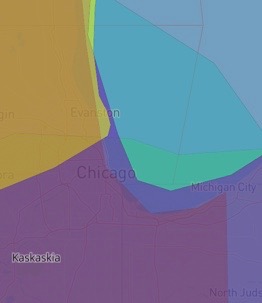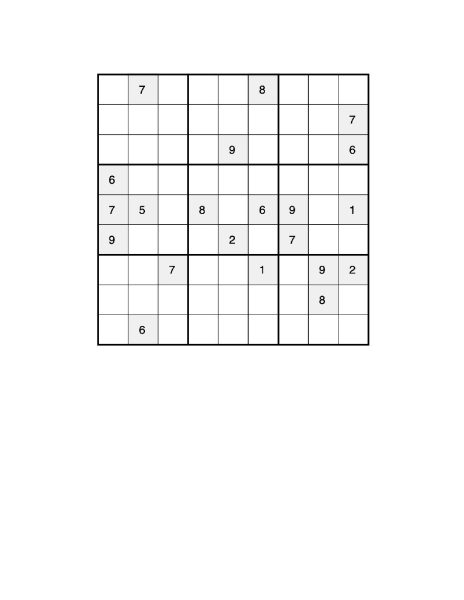Land Acknowledgement

Chicago has the third largest urban population of American Indians. The Miami people first introduced the land that is now Chicago to French explorers. The name “Chicago” comes from “Checagou,” which is what the Algonquian people called the river. The founder of Chicago, Jean-Baptist-Point Du Sable, was married to a Potawatomi woman named Kittihawa. The Chicago area acted as a hub for trade for different groups of American Indian peoples across the country. Roads such as Ridge Avenue, Ogden Avenue, and Grand Avenue were American Indian trails.
American Indians were forced out of the area after conflicts such as the Black Hawk War in 1832 and the 1833 Treaty of Chicago. In the 20th century, the Indian Relocation Act of 1956 ended federal recognition and funding for many reservations and funded relocation of American Indians to cities. Chicago was a relocation city, and as of 2018, it included 65,000 American Indians from 175 different peoples.
According to native-land.ca, an interactive website which shows where different American Indian territories were located, the Myaamia (Miami), Bodéwadmiakiwen (Potawatomi), Kaskaskia, Peoria, and Kiikaapoi (Kickapoo) lived in the land on which Parker sits. These groups spoke Algonquian.
The Miami lived in the areas that are now Green Bay, Wisconsin, Northeastern Illinois, Northern Indiana, Michigan, and Ohio. Most of their land was ceded in the 19th century and many of the Miami moved to a reservation in Oklahoma.
The Potawatomi lived in the areas that are now Wisconsin, Michigan, Illinois, and Indiana. Potawatomi means “people of the place of fire.” The Potawatomi people were displaced by settlers and the U.S. military and many moved to a reservation in Kansas and then territories in Oklahoma.
The Kaskaskia and Peoria lived in the area that is now southern Wisconsin, Northern Illinois, as well as Missouri and Iowa. They were part of the Illinois confederation which was Algonquian confederation along with the Cahokia, Michigamea, and Tamaroa.
The Kickapoo lived in what is now Columbia county, Wisconsin but were warriors who had territory in the southeast, southwest, and east. They settled in what is now Wisconsin in the early 1700s before moving to the area that is now Peoria. Their land was ceded to the United States and the Kickapoo people moved to Missouri, Kansas, Texas, and Mexico.
In Chicago, there is the American Indian Center which works with American Indians living in Chicago. According to their website, their goal is “to promote fellowship among Indian people of all Tribes living in metropolitan Chicago and to create bonds of understanding and communication between Indians and non-Indians in this city; to advance the general welfare of American Indians into the metropolitan community life; to foster the economic advancement of Indian people; to sustain cultural, artistic, and avocational pursuits; and to perpetuate Indian cultural values.” They lead campaigns for Chicago’s Indigenous Peoples’ Day Ordinance which includes art campaigns and petitions. Donations can be made on aicchicago.org.
Other Chicago based resources to support or learn about American Indians include The Chicago American Indian Community Collaborative, The Mitchell Museum of the American Indian, the Chicago Title VI American Indian Education Program, and the American Indian Association of Illinois.



